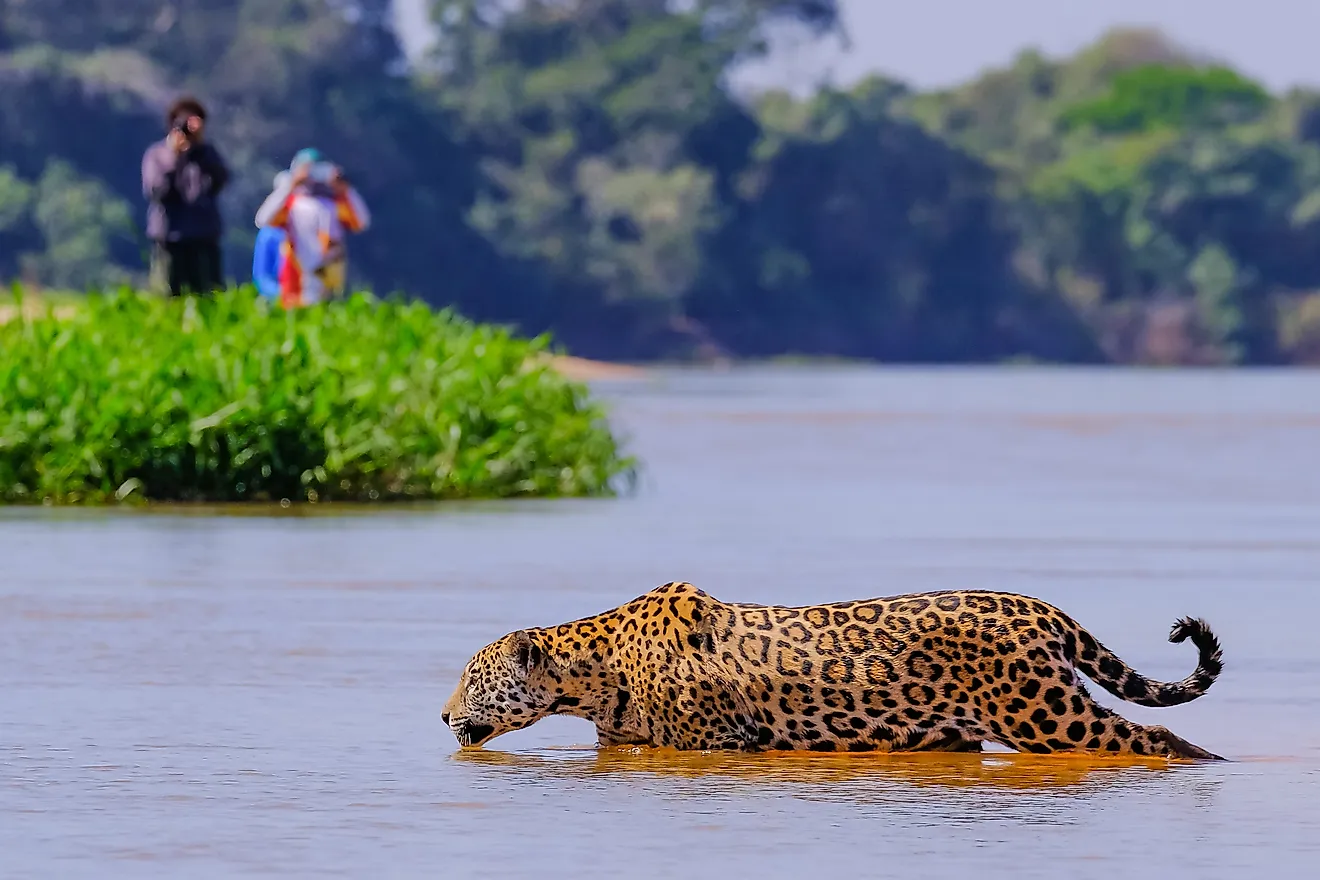How Are Metamorphic Rocks Formed?
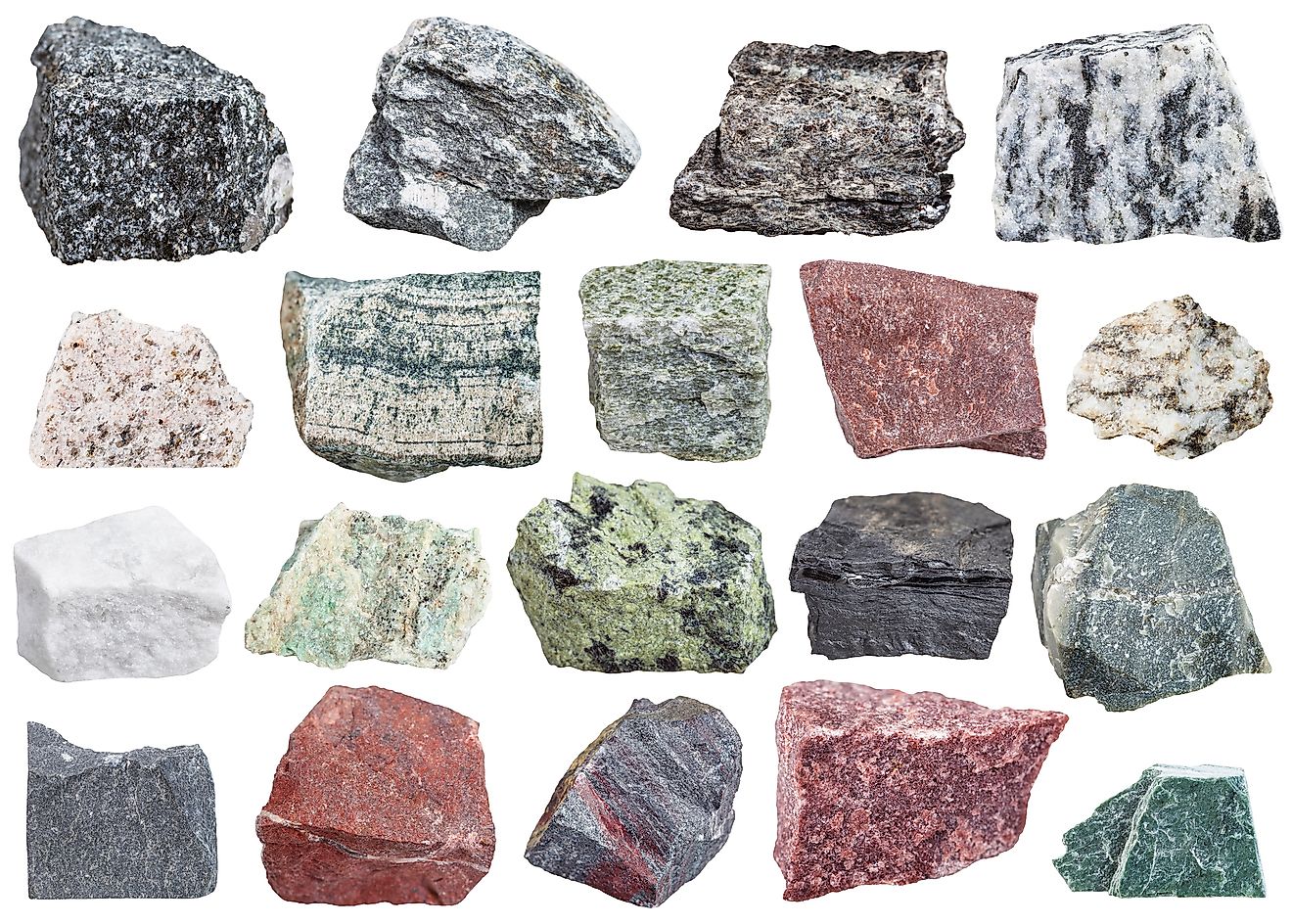
- Metamorphic rock is formed under extreme heat or pressure
- Unlike other types of rock, metamorphic rocks start as rocks which are then transformed into different rocks
- Metamorphic rocks are classified as either foliated or non foliated depending on their mineral structure and pattern
Metamorphic rocks are rocks that have changed from one type of rock to another. While sedimentary rock is formed from sediments, and igneous rock is formed from molten magma, metamorphic rock is rock made from pre-existing rocks. These rocks undergo a change, either caused by high heat, high pressure, or exposure to mineral rich hot liquid, which transforms the existing rock into a new type of rock, changing the minerals’ composition in the process. Any of these three factors, or combination of them, can lead to a metamorphic rock being formed.
Formation Of Metamorphic Rocks
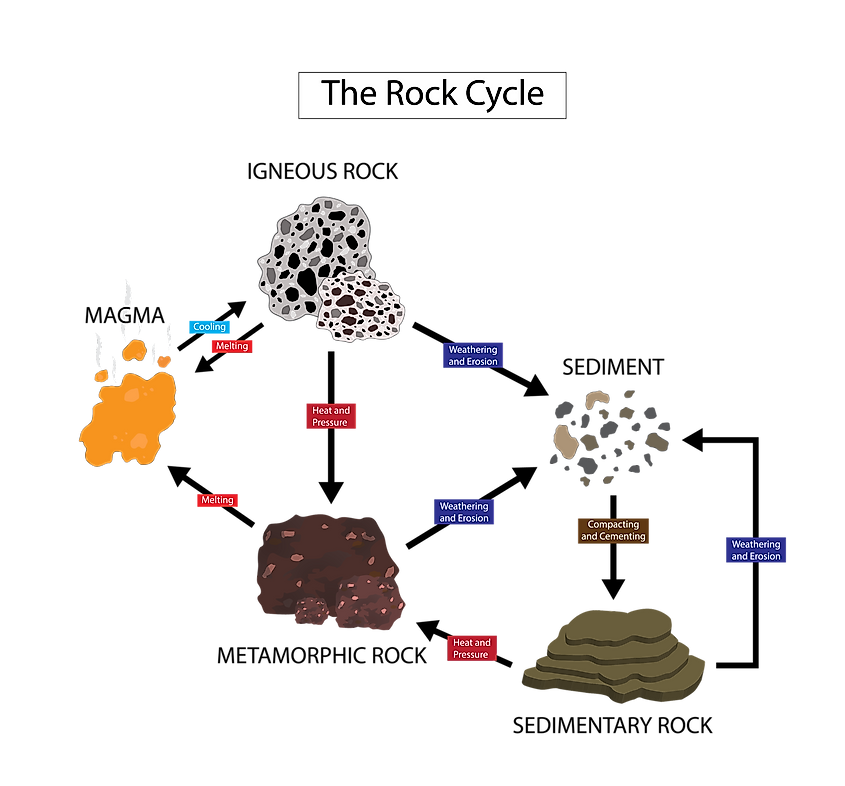
Because of the conditions necessary to transform rocks, those being heat and pressure, the process usually occurs deep within the Earth’s crust, or in areas where tectonic plates collide. These are similar conditions which produce igneous rock, however, the important distinction to make is that the original or protolith rocks which form metamorphic rocks, even when heated, do not actually melt, and rather melted rock, or magma, is the basis of igneous rocks. Igneous rocks are melted rocks that cool and crystalize, while metamorphic rocks endure extreme conditions which change the actual mineral composition of a rock over time.
As this process happens deep below the surface of the earth, these rocks are often rarer, or at the very least, harder to find on the Earth’s surface, than other types of rock, and only come to light due to geological lift. This lift happens when soil is eroded over time. Wind, rain and breakdown wash or eat away at the dirt and rock encompassing these metamorphic rocks deep underground. In this way, metamorphic rocks slowly become exposed on the Earth’s surface over time.
In order for this metamorphosis to occur, the heat and/or pressure surrounding the rock much reach certain extreme levels. For a rock to be transformed by heat, it must be subject to temperatures which exceed 150 or 200 degrees Celsius. Pressure levels must similarly reach a very high level. Rocks can undergo metamorphosis when they endure pressures of 100 megapascals or more. These extreme conditions converge to create a physical and/or chemical change in the original, or protolith rock. After this process, the protolith rock will often change texture, composition and mineralogy to create a new completely different rock form.
Thermal Metamorphism
When rocks are transformed by heat, it is known as thermal metamorphism. This means that temperature was the principal cause of the transformation, and the catalyst for the protolith rock’s recrystallization. As mentioned, this tends to take place in areas of extreme heat such as near fissures or igneous intrusions. These are areas in the Earth’s crust where magma is formed or expelled. These upwellings of molten rock create environments of extreme heat, which in turn offer the ideal environment for metamorphic rocks to form. These rocks are transformed near, but not within the magma, so that that area has very high temperatures, but is not directly in the molten rock swell.
Cataclastic Or Mylonitic Metamorphism
The other way in which metamorphic rock is created is through extreme pressure, and this pressure must be so great as to exceed 100 megapascals of force. Within the Earth’s crust there are tectonic plates which move and shift. Where these plates meet, there is often a great deal of friction. These faults or cracks create a huge amount of force when the plates rub against one another. This shearing and crushing of the plates is the main cause of cataclastic metamorphism, and results in rocks with very small, broken down particles. Mylonitic rocks are produced by way of the same process, but where the particles undergo so much pressure that they are milled into tiny grain sizes.
Dynamothermal Metamorphism
Sometimes heat and pressure work together to produced metamorphic rock. In this process, the rock develops wholly new minerals and textures. Again, this happens at the boundaries of tectonic plates, usually along mountain belts and ranges. The metamorphic rocks which are produced by this process as known as dynamothermal metamorphic rocks, and are some of the most commonly formed.
Classification Of Metamorphic Rocks
While metamorphic rocks can be formed in different ways, the resulting rocks can also be categorized based on the way in which minerals align in the newly formed rock. These rocks are classified as either foliated or non foliated rocks.
Foliated Rocks
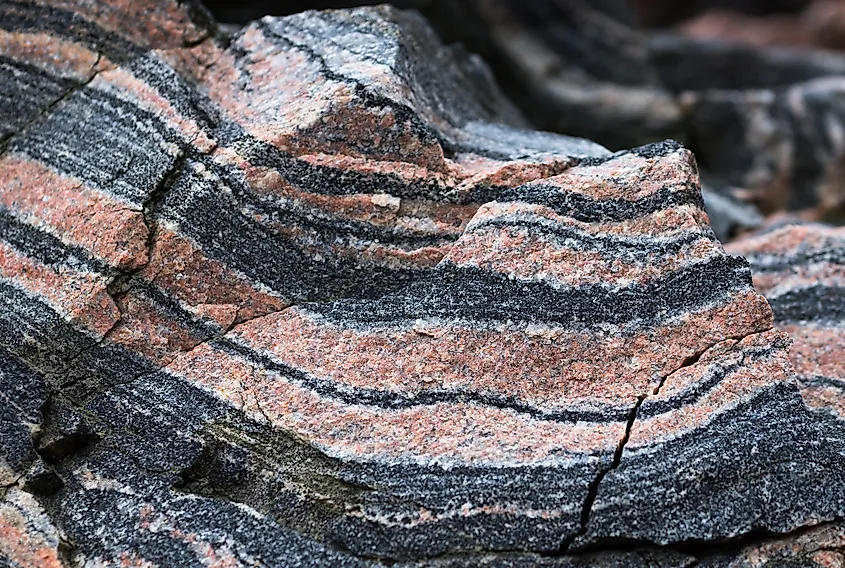
Foliated rocks are rocks where the minerals have become aligned. This is caused by mass amounts of pressure, usually in conjunction with heat, which force the elongated minerals to fall into a foliated pattern. It is this plating process which creates thin layers and directional patterns in the rocks. This sort of layer is very evident in may foliated rocks, such as slate, schist or gneiss. Gneiss can actually be further classified into one of two types: orthogneiss, which is derived from igneous rock, or paragneiss which is made from sedimentary rocks. This means the classification is dependent on the protolith which is used to form the metamorphic rock. For example, when granite undergoes extreme pressure and heat, it can be transformed into a type of gneiss.
Non Foliated Rocks
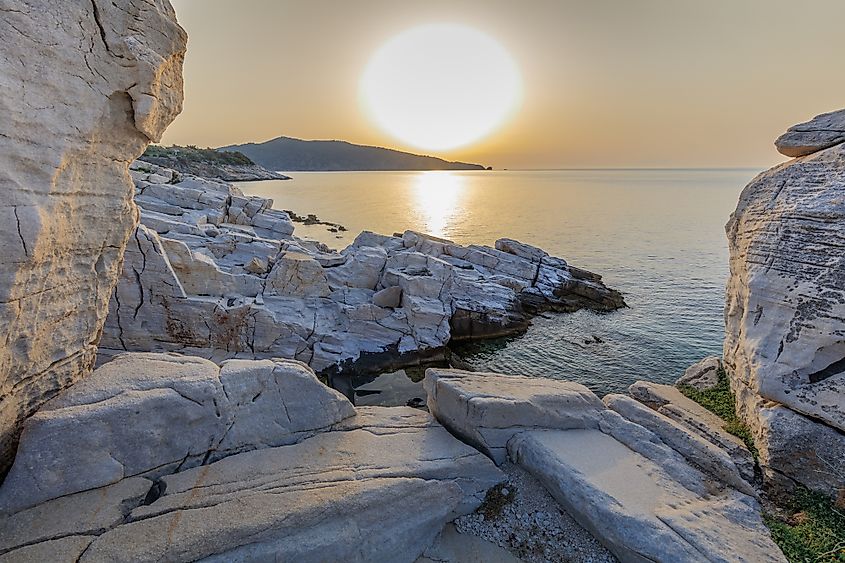
Non foliated rocks are formed in much the same way as foliated, in that parent rocks undergo extreme conditions in order to be transformed into other forms of rocks. The distinction is in the minerals within the original rock. While foliated rocks are formed where there are elongated minerals, non foliated rocks occur when minerals are irregular or not elongated. When they undergo pressure, the minerals still compress, however they do not align into sheet or platy layers. Examples of non foliated rocks are marble, quartzite and hornfels or soapstone. Marble is a beautiful type of non foliated metamorphic rock which is actually derived from limestone, a carbonated sedimentary rock. Soapstone is an unusual type of rock which is formed when mineral talc, which is rich in magnesium is transformed into a solid, hard rock. Similarly, quartzite is metamorphosized quartz. Like quartz, it maintains a strong crystalline structure, and is very hard and dense.
